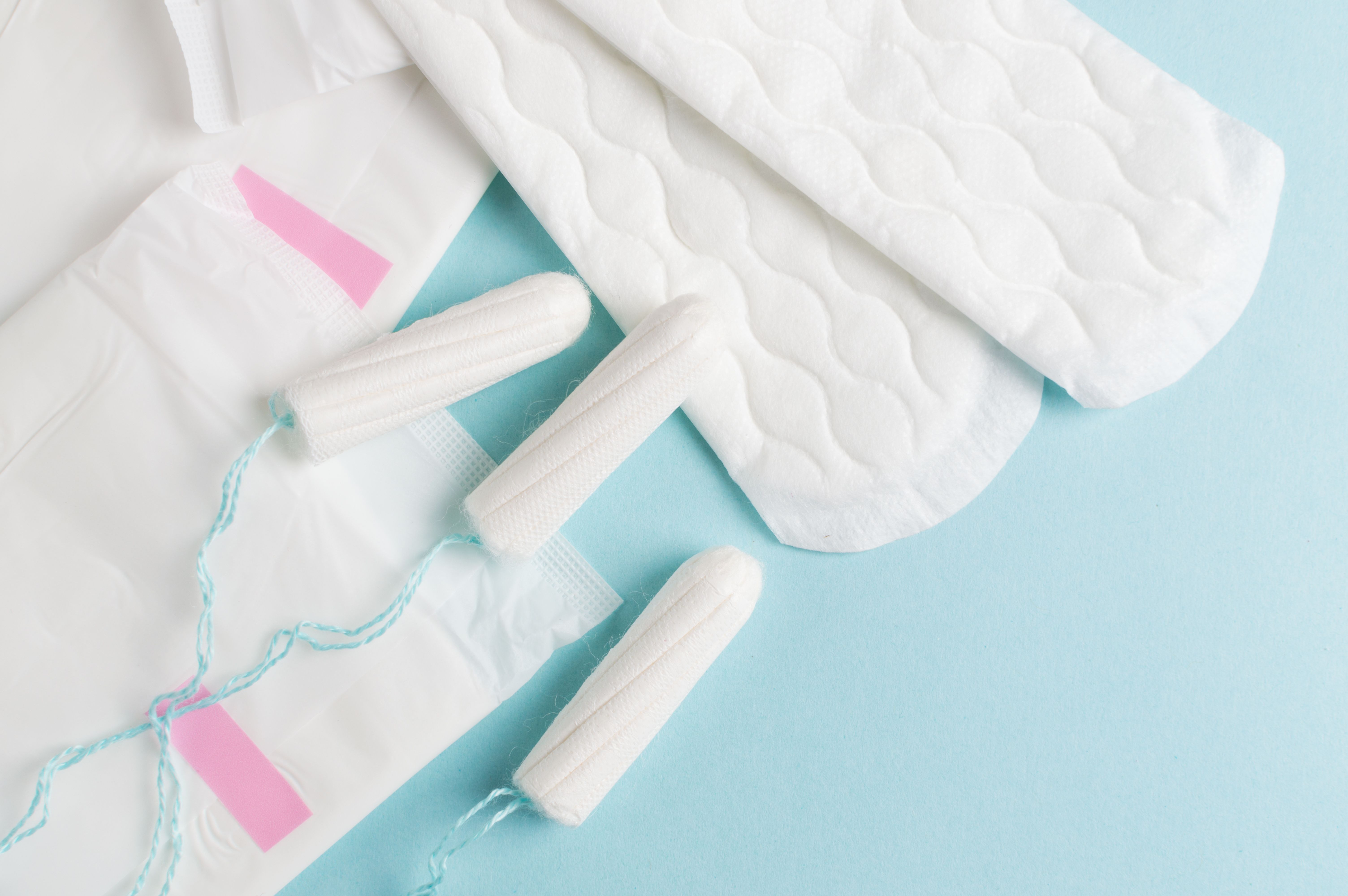Closing the menstrual hygiene gap for low-income women
Help with food, clothing, and shelter often is available to women with low incomes, but another basic need is frequently overlooked: menstrual hygiene.
©masanyanka - stock.adobe.com

Help with food, clothing, and shelter often is available to women with low incomes, but another basic need is frequently overlooked: menstrual hygiene. A recent needs-assessment study aimed to identify the extent of the gap and explore what steps can be taken to address it.
Using an exploratory, cross-sectional design and triangulated data from three methodologies, the researchers focused on the approximately 31,000 low-income women 18 years and older served by not-for-profit organizations in St. Louis, Missouri. Interviewer-administered surveys were conducted at 10 participating organizations and focus group discussions with women also were facilitated through three of the groups. Women participated in a survey or a focus group but not both.
From July 2017 to March 2018, 183 surveys were completed, and three focus group discussions were conducted. The surveys and focus groups identified where and how women access menstrual hygiene products and what they do when they cannot afford them. Personal preference in regard to type of hygiene product also was recorded.
Nearly two-thirds (64%) of participants were unable to afford needed menstrual hygiene products during the previous 12 months and approximately one-fifth (21%) experienced the need every month. To make up for lack of products, many women said they used cloth, rags, tissues, toilet paper, children’s diapers or paper towels taken from public bathrooms.
To gauge the economic status of the women, food insecurity was also measured. Nearly 60% had either skipped a meal or eaten a smaller meal than they wanted because they did not have enough money for food over the previous 12 months. Women who experienced food insecurity were more likely to struggle to buy both food and menstrual hygiene products.
In terms of usage, most women (59%) used pads most often while 37% commonly used tampons. Most women preferred pads (56%) compared to 42% of women who preferred tampons. Most women (89%) purchased their own menstrual hygiene products, but nearly two-thirds (63%) had relied on donations from community service organizations at some point.
In open-ended survey questions and focus-group discussions, participants identified three main challenges in regard to menstrual hygiene supplies: 1) difficulty managing heavy flow and the need to use higher absorbency products; 2) difficulties with transportations (time and cost) to reach stores that sell larger quantities of sanitary products at more affordable prices; and 3) concerns about safety, security, and sanitation during menstruation. Women who were homeless noted that they often had no place the change their menstrual hygiene supplies.
The participants’ suggestions for improving their situation fell into three categories: 1) increasing access to menstrual hygiene products; 2) increasing education and awareness concerning menstrual hygiene; and 3) increasing access to safe, secure public restrooms. During the focus group discussions, the researchers noted that the overarching themes of the participants’ concerns: the high cost of menstrual hygiene products and frustration that Women, Infants and Children and Supplemental Nutrition Assistance Program benefits cannot be used to purchase menstruation supplies, even though these are necessities. The participants were also frustrated that menstrual hygiene supplies are taxed at the full sales tax rate instead of at the lower rate for food.
Based on their findings, the authors made three recommendations for improving the situation: 1) develop a network of community service organizations to distribute menstrual hygiene supplies: 2) create a community directory of available menstrual hygiene resources; and 3) provide additional menstrual hygiene education in schools and community service organizations. They also urged greater advocacy for policy change, such as increasing coverage for menstrual hygiene supplies in safety-net programs and removing taxes on the items. Future research should also explore menstrual hygiene issues among girls and female adolescents, as well as recent immigrants and refugees who may come from countries where menstrual hygiene is a concern.
